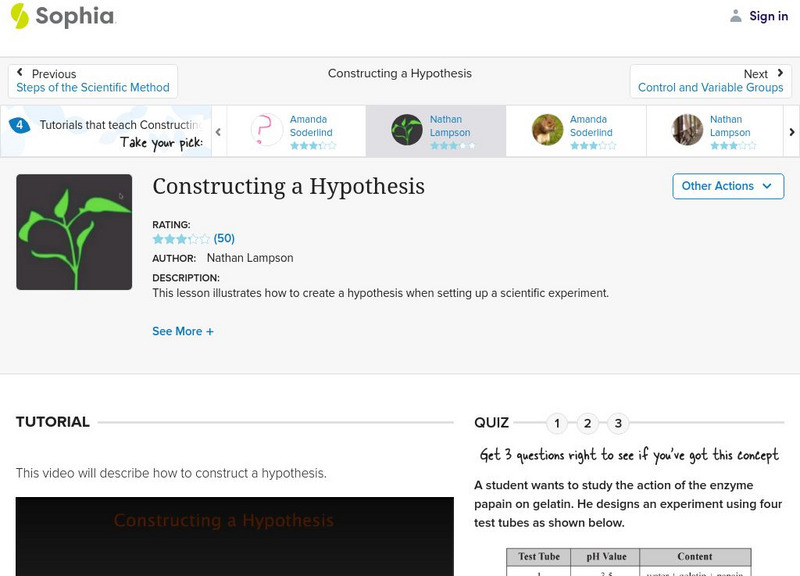TED-Ed
TED-Ed: There may be extraterrestrial life in our solar system - Augusto Carballido
Is there extraterrestrial life in our solar system? Or are we alone? Take a journey to the ocean worlds on Jupiter and Saturn to investigate the possibility. -- Deep in our solar system, a new era of exploration is unfolding. Beneath the...
TED-Ed
TED-Ed: How do crystals work? - Graham Baird
What makes crystals grow into their signature shapes? Dig into the atomic patterns and unique properties of crystals. -- Many crystals have signature shapes— like the cascade of pointed quartz or a pile of galena cubes. Every crystal’s...
TED-Ed
TED-ED: The evolution of the human eye - Joshua Harvey
The human eye is an amazing mechanism, able to detect anywhere from a few photons to a few quadrillion, or switch focus from the screen in front of you to the distant horizon in a third of a second. How did these complex structures...
TED-Ed
TED-Ed: How X-rays see through your skin - Ge Wang
Originally discovered by accident, X-rays are now used about 100 million times a year in clinics around the world. How do these magic eyes work? Ge Wang details the history and mechanics of the X-ray machine and CT scanners.
TED-Ed
TED-Ed: The hidden worlds within natural history museums - Joshua Drew
When you think of natural history museums, you might picture exhibits filled with ancient lifeless things, like dinosaurs or meteorites. But behind that educational exterior, there are hidden laboratories where scientific breakthroughs...
TED-Ed
TED-Ed: The wacky history of cell theory - Lauren Royal-Woods
Scientific discovery isn't as simple as one good experiment. The weird and wonderful history of cell theory illuminates the twists and turns that came together to build the foundations of biology.
TED-Ed
TED-ED: The law of conservation of mass - Todd Ramsey
Everything in our universe has mass - from the smallest atom to the largest star. But the amount of mass has remained constant throughout existence even during the birth and death of stars, planets and you. How can the universe grow...
TED-Ed
TED-ED: What's the difference between a scientific law and theory? - Matt Anticole
Chat with a friend about an established scientific theory, and she might reply, "Well, that's just a theory." But a conversation about an established scientific law rarely ends with "Well, that's just a law." Why is that? What is the...
Bozeman Science
The Nature of Science
In this video Paul Andersen explains the nature of science. He describes how science is a way of knowing about the natural world. Scientists develop investigations to gather evidence and make explanations about how the natural world...
California Academy of Science
Fast Neutrinos
According to Einstein's theory of special relativity, nothing can go faster than the speed of light, but Einstein didn't know about neutrinos. In fact, physicists are just beginning to be able to study these tiny particles that zip...
Other
Fermilab: The Nature of Science Podcasts
A great resource for anyone thinking about becoming a scientist. Includes podcasts of eight scientists giving their opinions on what life is really like in the world of science. Fascinating to see the world through the eyes of a young...
Next Vista for Learning
Next Vista for Learning: The Scientific Method
A video explaining how the scientific method was used in an experiment to see if Mentos in coke makes an explosion. Steps of the scientific method are explained in the context of the problem trying to be solved. [1:39]
Science Friday Initiative
Science Friday: A Year of Ups and Downs for Science
Ira Flatow and a panel of editors and bloggers discuss the year's biggest science stories of 2013. Listen as they discuss how the first neutrinos from outer space were discovered and a landmark ruling on gene patents. [45 min, 25 secs]
Sophia Learning
Sophia: Constructing a Hypothesis
A video lesson over viewing how to construct a hypothesis explaining the guidelines that need to be followed. Understand that a hypothesis must be logical, account for relevant information, be testable, and be in the simplest form. [2:21]





